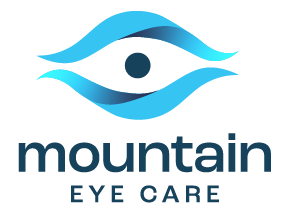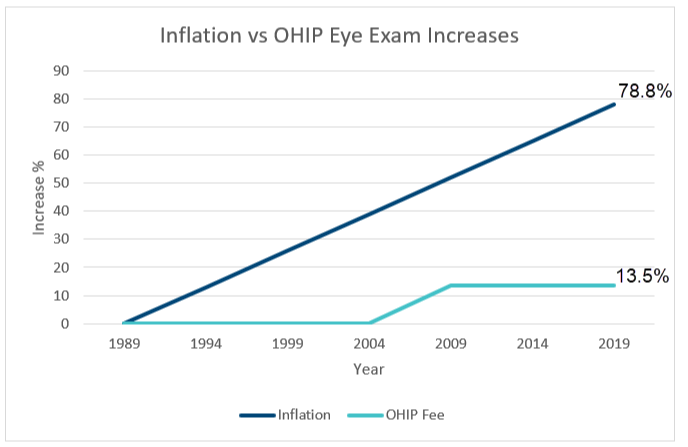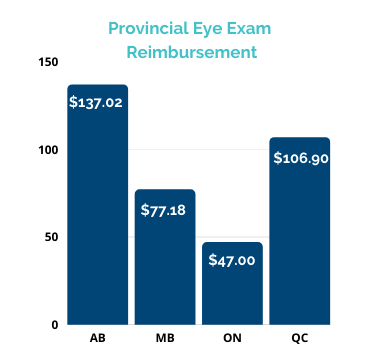Introduction
At Mountain Eye Care, we specialize in the treatment and management of dry eye disease. We are dedicated to providing our patients with the highest level of comprehensive eye care. In our ongoing effort to educate and support our patients, we are excited to present this blog post on a common condition that affects millions of people worldwide: Dry Eye. Our goal is to help you understand the causes, symptoms, and management of this condition so you can maintain the best possible eye health.
What is Dry Eye?
Dry Eye, also known as Dry Eye Syndrome or Keratoconjunctivitis Sicca, is a multifactorial condition that occurs when the eyes are unable to produce enough tears or when the tears evaporate too quickly, leaving the eye surface insufficiently lubricated. This can lead to discomfort, visual disturbances, and, if left untreated, can cause damage to the ocular surface. Dry eye is a CHRONIC eye disease that require continuous maintenance both at home and in the office for successful outcomes.
Causes of Dry Eye
There are several factors that can contribute to the development of Dry Eye. Some of the most common causes include:
Age: As we get older, our tear production naturally decreases, increasing the likelihood of developing Dry Eye.
Gender: Women are more likely to experience Dry Eye due to hormonal changes, particularly during pregnancy, menopause, or when using oral contraceptives.
Medications: Certain medications, such as antihistamines, decongestants, and antidepressants, can reduce tear production, leading to Dry Eye.
Medical Conditions: Autoimmune disorders, such as Sjögren’s Syndrome, rheumatoid arthritis, and lupus, can affect tear production and cause Dry Eye.
Environmental Factors: Prolonged exposure to air conditioning, heating, or dry environments can cause tears to evaporate more quickly, leading to Dry Eye symptoms.
Screen Time: Extended periods of screen use can decrease blink rate, causing tears to evaporate more quickly and increasing the risk of Dry Eye.
Symptoms of Dry Eye
- Individuals with Dry Eye may experience a range of symptoms, including:
- Persistent dryness or a gritty sensation in the eyes
- Redness and irritation
- Sensitivity to light
- Blurred vision or fluctuating visual acuity
- Tearing or watery eyes (a reflex to counteract the dryness)
- Managing Dry Eye
At Mountain Eye Care, our team of experienced optometrists and staff are equipped to diagnose and manage Dry Eye. After a thorough examination and assessment, we will tailor a treatment plan to meet your specific needs. Some common treatment options include:
- Artificial Tears: Over-the-counter lubricating eye drops can help provide temporary relief from Dry Eye symptoms. We recommend only drops that do not contain a preservative such as Hyabak and Theoloz Duo.
- Prescription Medication: In some cases, prescription eye drops or oral medications may be recommended to help increase tear production or reduce inflammation.
- Punctal Plugs: Small, biocompatible devices can be inserted into the tear drainage ducts to help retain tears on the eye surface.
- Lifestyle Modifications: Adjusting your environment, taking breaks during screen time, and maintaining a healthy diet can all contribute to improved eye health and reduced Dry Eye symptoms.
- Amniotic Membranes: a non invasive procedure that involves using stem cells to regenerate damaged tissue that may result from severe dry eye.
- ILUX: physical expression of the meibomian glands to treat the most common cause of evaporative dry eye.
- ZOCULAR ZEST PROCEDURE: To treat blepharitis/demodex one of the most underserved areas of dry eye care


